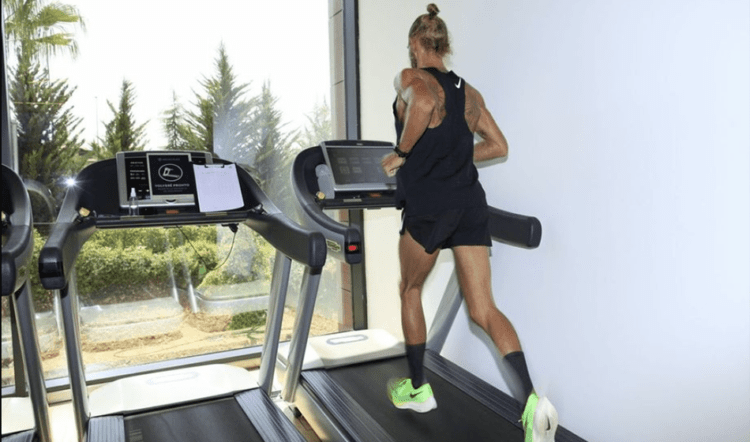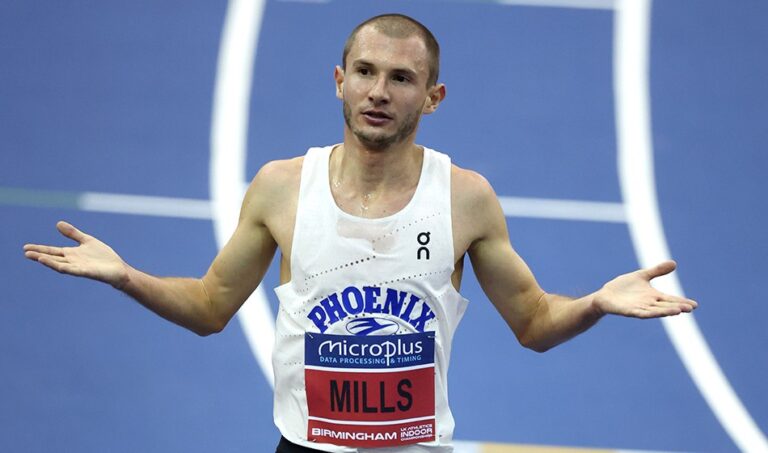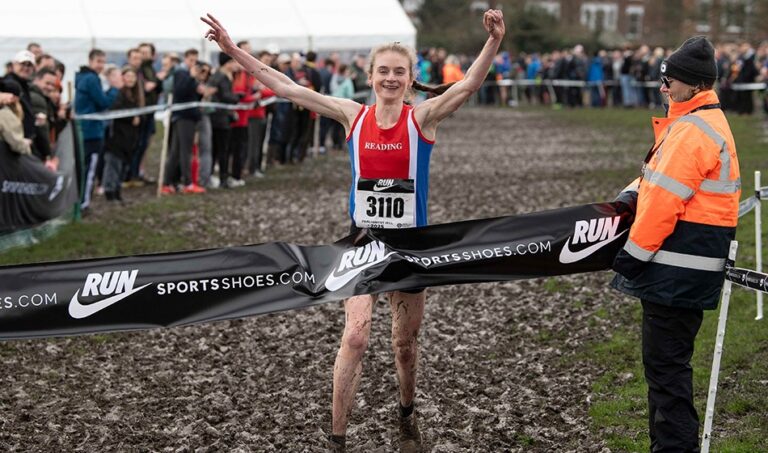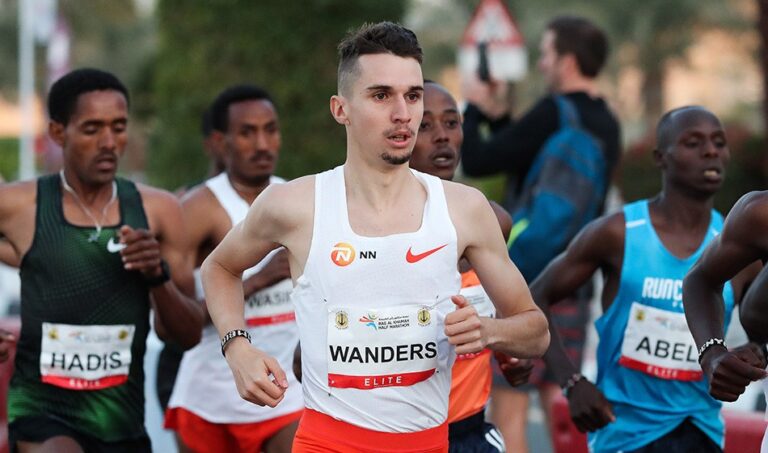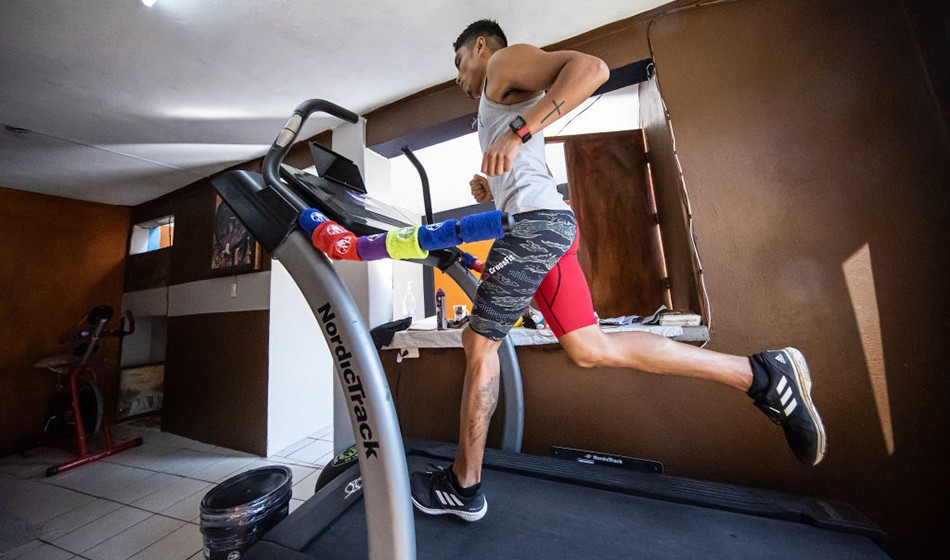
It might have first been mentioned as a joke, but World Athletics’ proposal to stage a world treadmill championships has merit and is a way for athletics to tap into a huge market
If it seemed like an April Fools’ Day prank perhaps that’s because it once was. In 2023, on April 1, Canadian Running Magazine published an article proudly proclaiming that the “inaugural World Treadmill Championships are coming to Canada”. The event, it suggested, was aimed at broadening the sport of running to a wider audience and making it “more inclusive to fair-weather runners”.
Treadmill champs
It even included a fictitious quote from World Athletics explaining that Edmonton was the “ideal destination for the event” because “it’s freezing” there.
So far, so amusing. But then came the recent news that the athletics’ governing body is actively looking to launch the event. What had begun as nothing more than a throwaway bit of humour had suddenly moved to the cusp of reality.
“There are millions of people around the world that just go to the gym and run on the treadmill,” World Athletics chief executive Jon Ridgeon told the Daily Mail. “We should create products for those people. We should have a Treadmill World Championships.
“You are an athlete if you go for a 30-minute run on a treadmill or if you win an Olympic gold medal in the 100 metres. It is all athletics. We are working it out at the moment. We will be announcing a tech partner that we are going to work with to develop the virtual running scene.”
The reception was, to put it mildly, mixed. To many athletics fans, Ridgeon’s words were no more serious than that April Fools’ Day joke. Responding to AW’s Instagram post about the news, America’s Olympic 110m hurdles finalist Freddie Crittenden said: “Our Global Governing body is really trying to make [a Nintendo] Wii sports championships. What are we doing man?”
Multiple world, Commonwealth and European 4x400m medalist Conrad Williams wrote: “Pointless. And not needed.”
Others were more supportive. “Sign me up!” said multiple Commonwealth and European medalist Eilish McColgan. “Obviously, the sport has a lot of other areas to fix… But it could be a good way of connecting our sport with the mass market, the everyday runner, who hits the treadmill in the gym. And it’s a far better idea than adding another sprint relay, IMO [in my opinion]!”
Her partner, former international 800m runner Michael Rimmer, said he thought “there could be an appetite for this type of content” and praised the governing body’s “imagination”.
Jakob Ingebrigtsen
Athletics, like almost every sport battling for relevance and changing 21st-century consumption patterns, has problems. Athletes are not sufficiently remunerated, mainstream television deals are fading, and sponsorship is either lacking or obscure (an online search for Wanda, the Diamond League’s headline sponsor, brings up multiple results related to a fictional comic book character rather than the Chinese conglomerate that has a 10-year deal with athletics’ premier season-long competition).
The field element of the sport seems set on a path towards disappearance, with World Athletics, Michael Johnson’s upcoming Grand Slam Track and a handful of other bold start-ups all focusing attention on track events. So yes, athletics has big issues. But that does not mean a World Treadmill Championships should be treated with scorn.
Indoor gym versions of existing sports are big business. Originally launched in 2020 as a way to continue the sport during Covid, indoor triathlon sees the world’s best competitors cycle on static bikes, run on treadmills and swim in a 50-metre pool, with virtual avatars reflecting the progress of each competitor on large in-venue screens and to television viewers. Earlier this year in the London Aquatics Centre, Britain’s Beth Potter pipped Cassandre Beaugrand to the supertri E World Triathlon Championship title a few months before the Frenchwoman turned the tables to claim the Olympic title. Athletics is, in fact, the only one of the three individual triathlon disciplines not to have an indoor gym version of the sport.
The World Indoor Rowing Championships have been held annually since 2018 and see competitors use rowing machines, known as ergometers. The UCI Cycling Esports World Championships launched in 2020, with participants riding bikes indoors fixed on turbo trainers.
“We are looking to produce an athletics version,” confirmed Ridgeon to the Daily Mail. “When you think athletics is the most participated sport in the world, we should have our equivalent.
“We are trying to innovate across a whole range of areas and future-proof the sport as much as we can.”
While elite athletics struggle for eyeballs, mass participation in running events and fitness programmes is booming. A staggering 840,318 people applied for the 2025 London Marathon ballot. Predominantly indoor training regimes like CrossFit (which features a mix of aerobic, body weight and weightlifting exercises) and Hyrox (consisting of eight kilometres of running interspersed with eight functional exercises) are growing exponentially.
There is a ripe market of people who may associate with a treadmill but neither have the faintest idea where their local athletics track is nor the vaguest inclination to engage with what happens on it. We are also in an era accustomed to using digital technology during fitness and exercise and seeing it integrated into the elite end of sports.

Tom Evans
Shifting competitive running onto a treadmill and linking it with a digital avatar might be anathema to the seasoned athletics follower, but those already in love with the sport are insufficient to safeguard its future. Growth is paramount and here is a potential untapped audience.
“We have to embrace and we have got to take our sport to where people are,” explained World Athletics president Seb Coe. “That is crucial.”
The nuts and bolts of what any World Treadmill Championships might look like are entirely unknown at this stage. The use of self-powered curved treadmills (used in the indoor triathlon version) would appear the most likely equipment, while a link with an interactive online platform like Zwift or MyWhoosh can be expected. As for distances or race format, it is safe to assume middle or long distances would be best suited. So for any sprinters, jumpers, throwers and hurdlers – and their supporters – it will almost certainly not be for them.

Tom Evans
But while athletics’ myriad battles remain, that is no reason to knock a potential avenue to grow the sport further. Even if it did start life as a joke.



